ESS-13 is pumped or poured directly into the water at a pre-determined application rate. The seepage in your pond will decrease 60% to 90% initially, and this original rate will continue to improve with time.
Click here for more information.
The ESS-13 “Spray-On Formulation” can save 75% or more off the installation costs of other lake sealing methods.
Click here for more information.
ESS-13 is pre-mixed with our E-13 compaction aid, pumped in pre-measured quantities into the soil with conventional earth moving equipment. The treated soil is then compacted in two consecutive six inch layers.
Click here for more information.
Address:
115 S. Weber Drive Suite 2
Chandler, AZ 85226 USA
Toll Free Phone: 1.800.214.9640
Local Phone: 480.763.1180
Fax: 480.763.1182
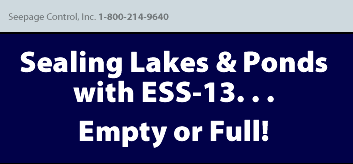
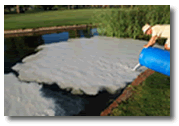
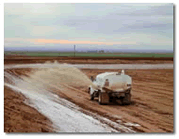


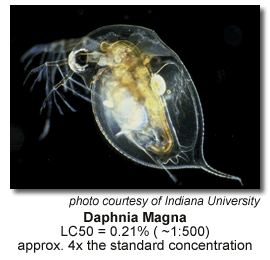
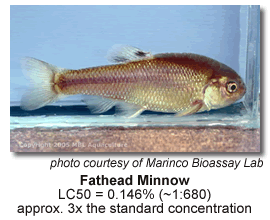





 Seepage Control, Inc.
Seepage Control, Inc.